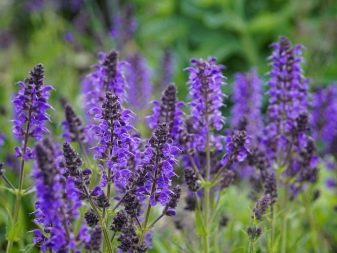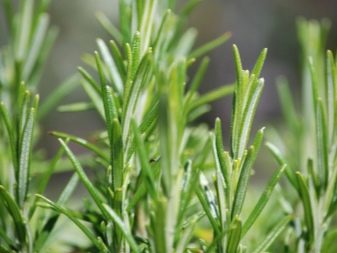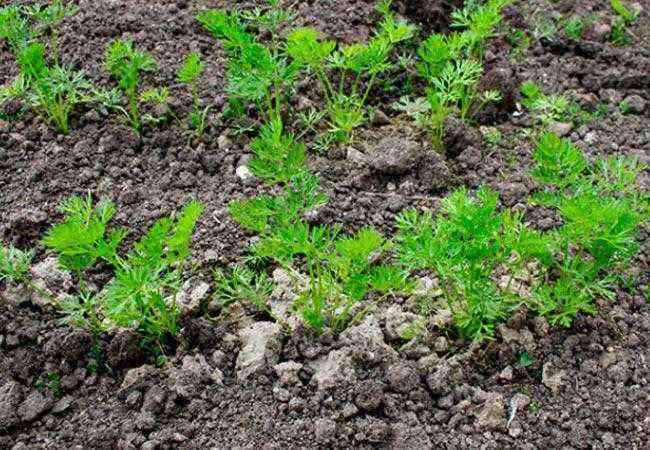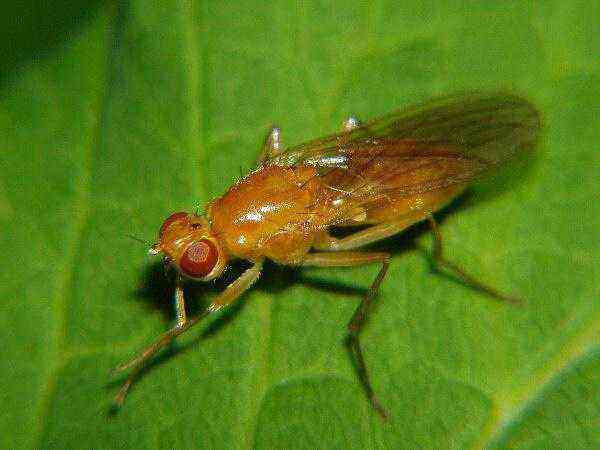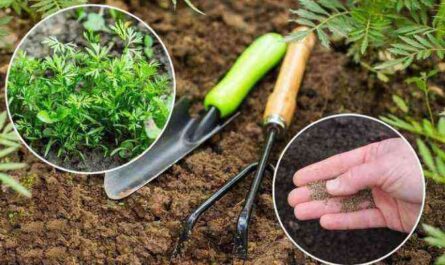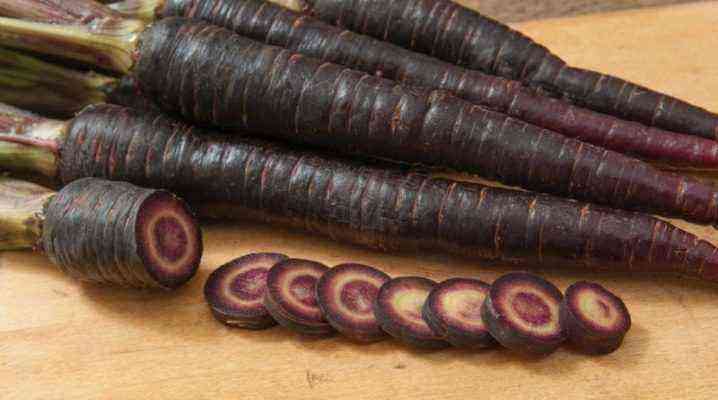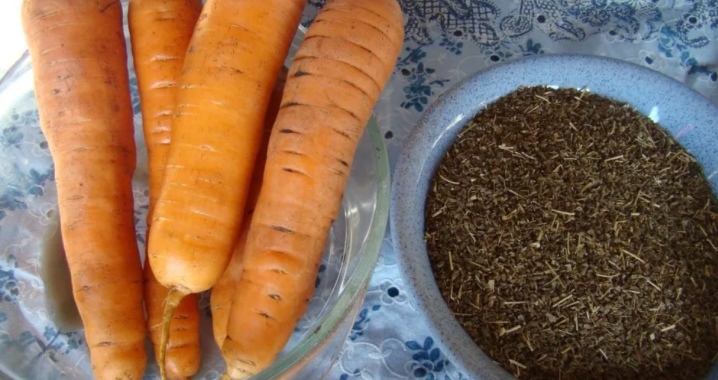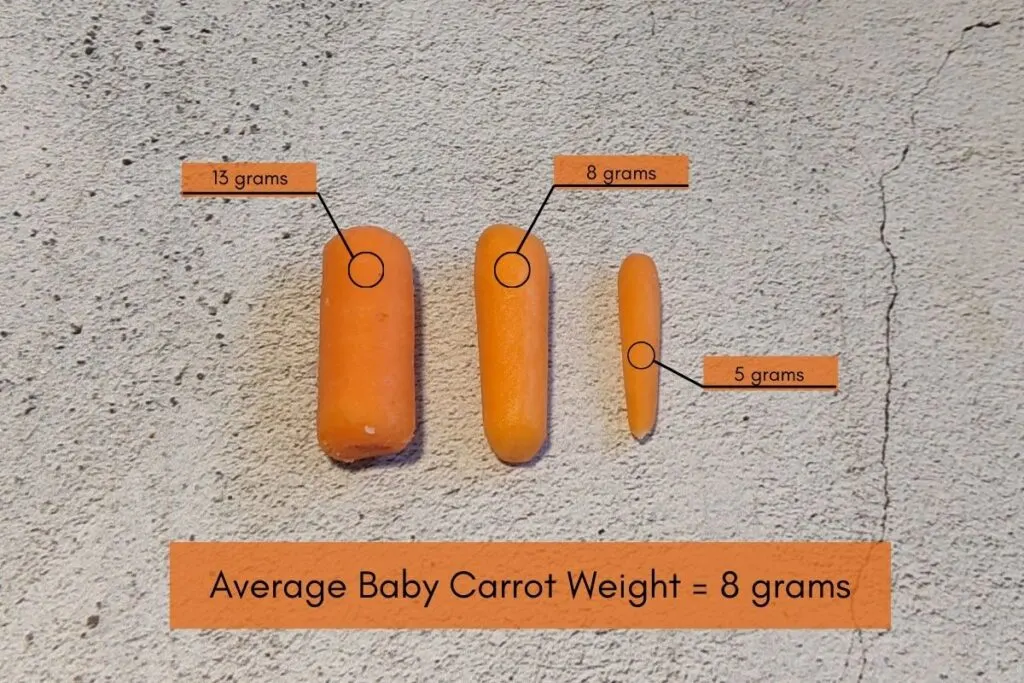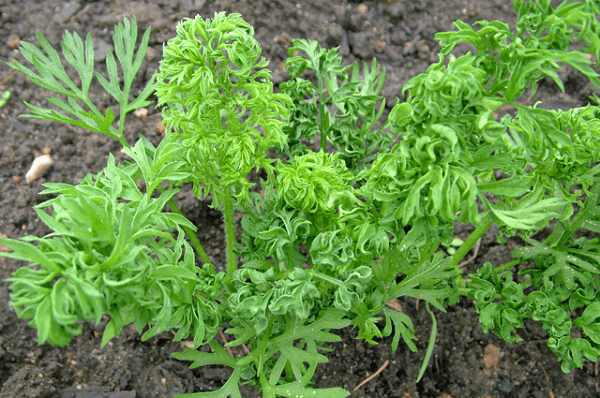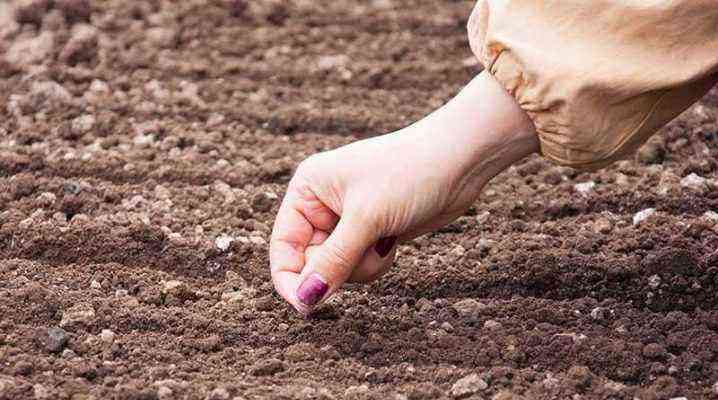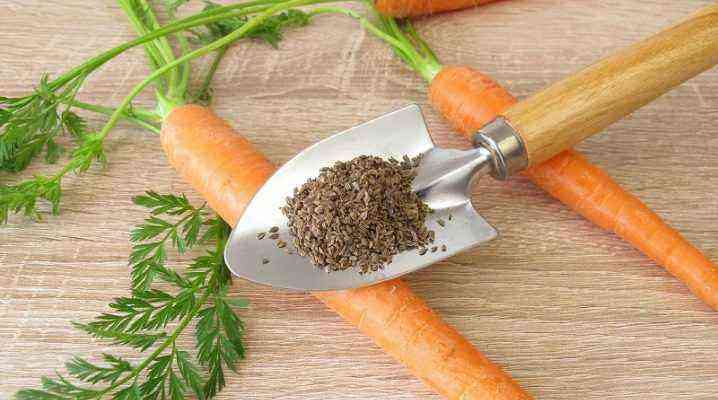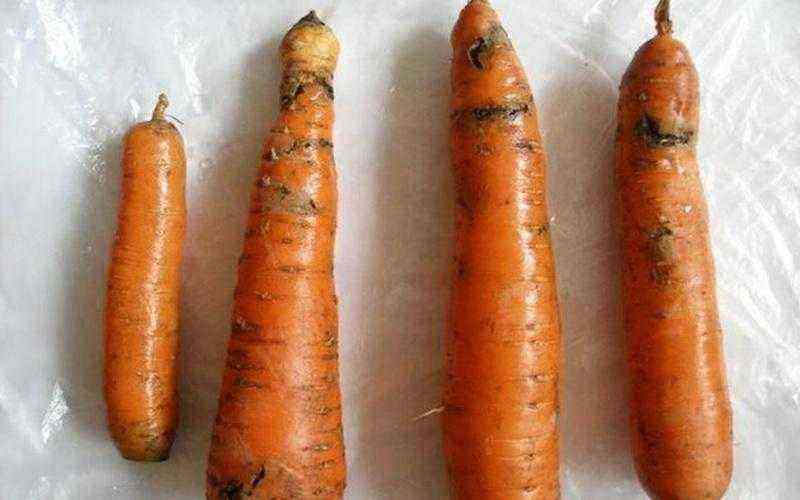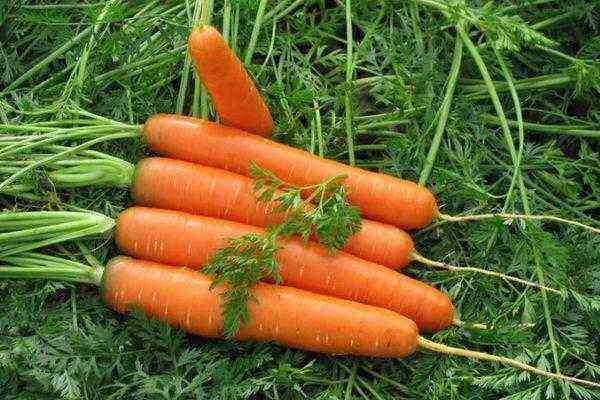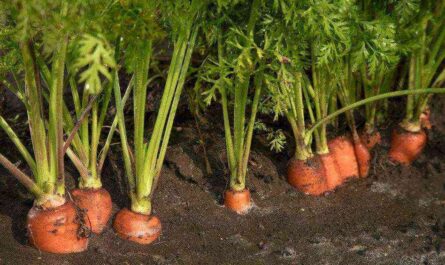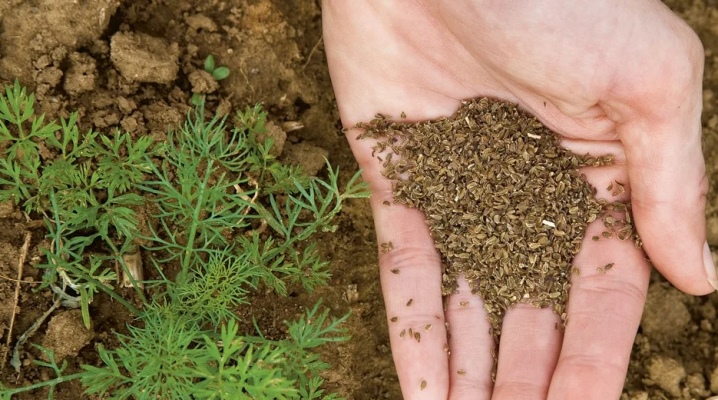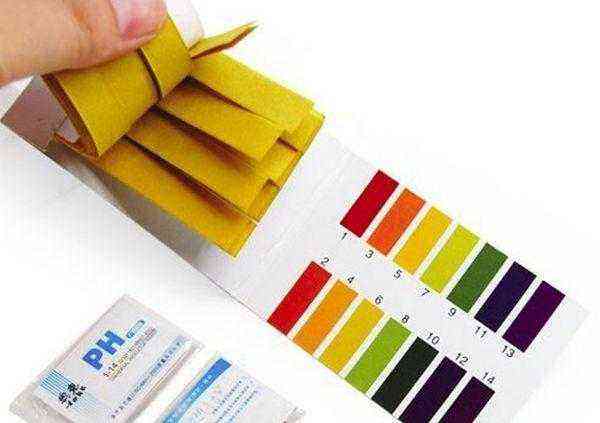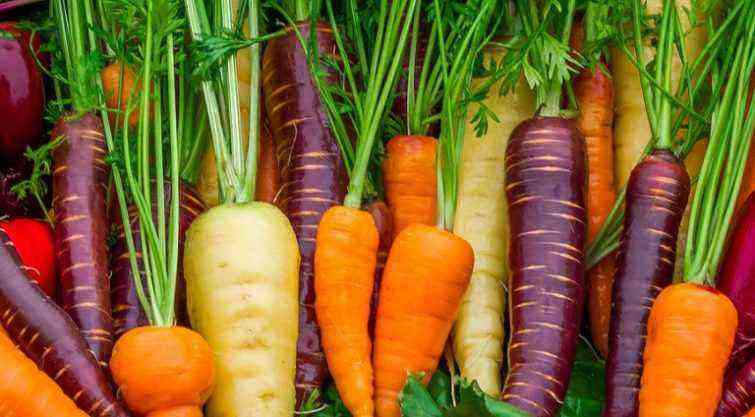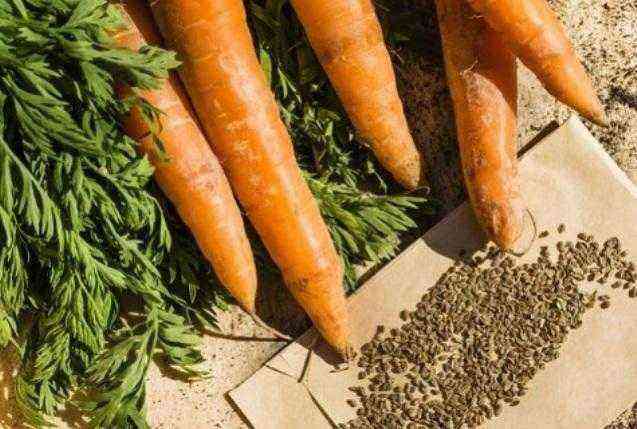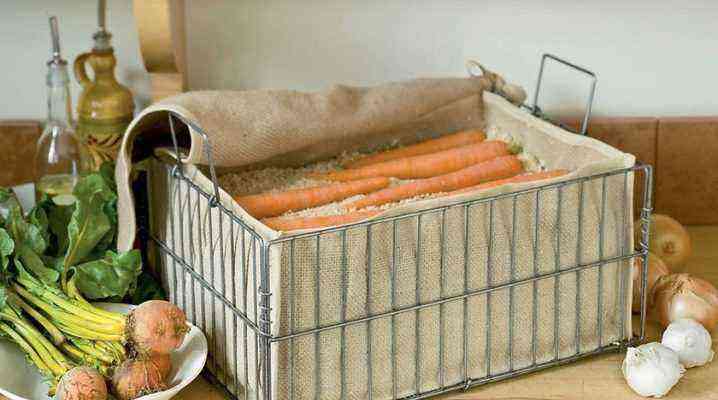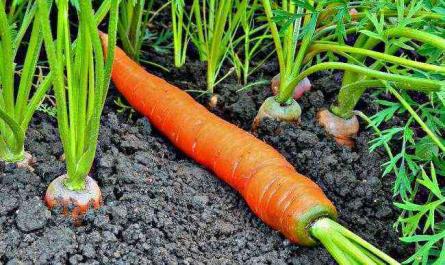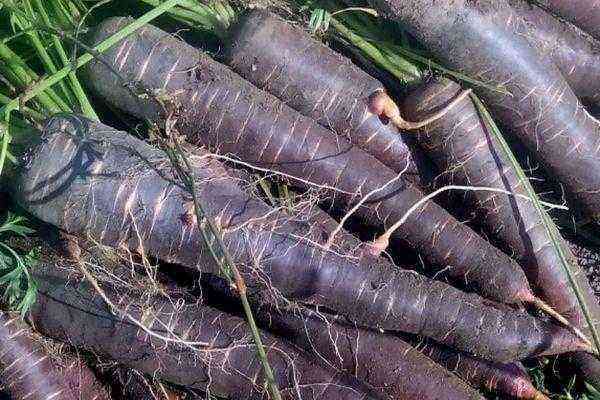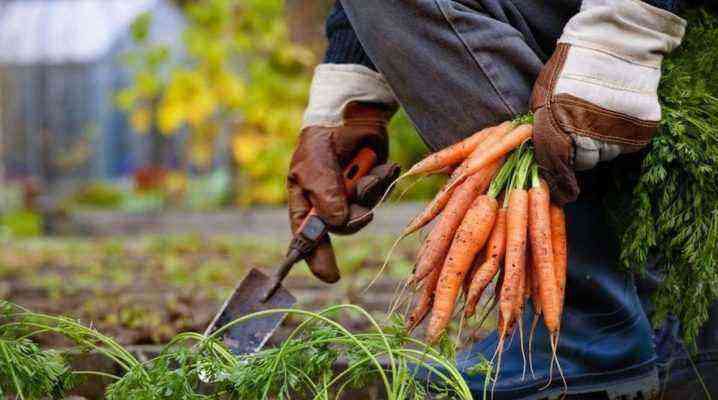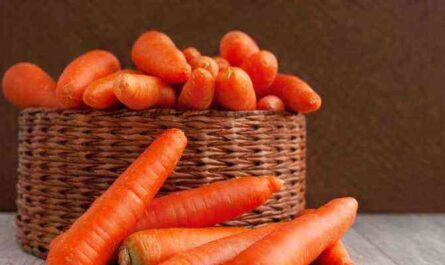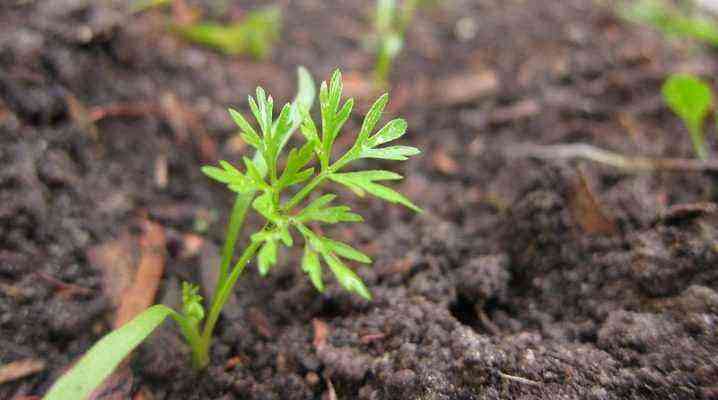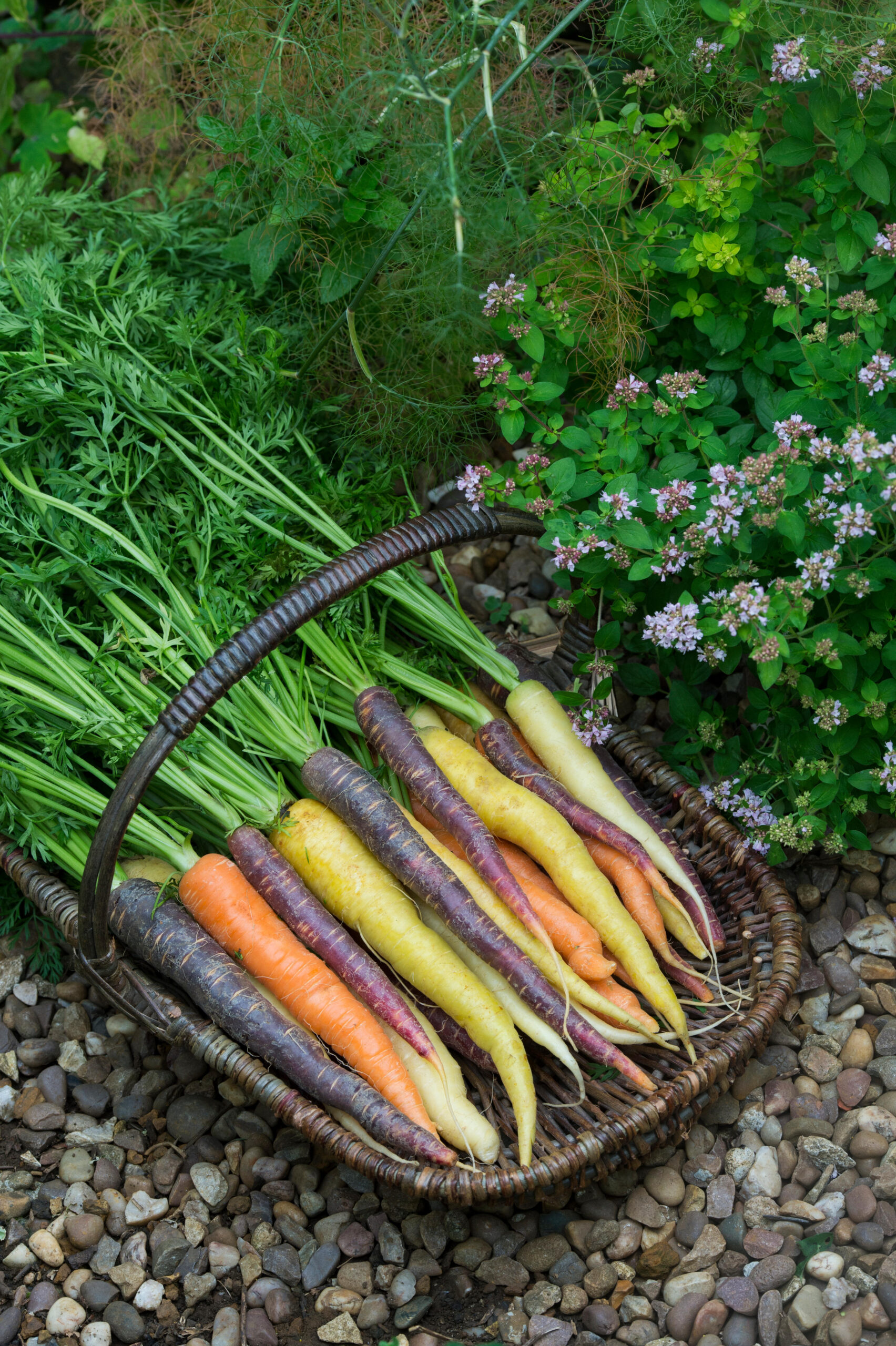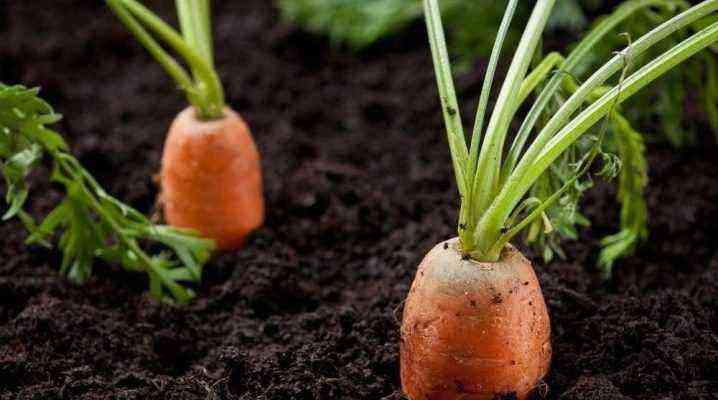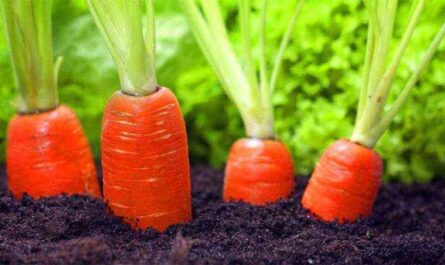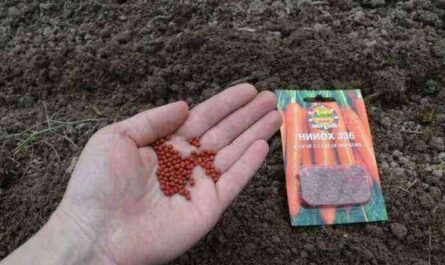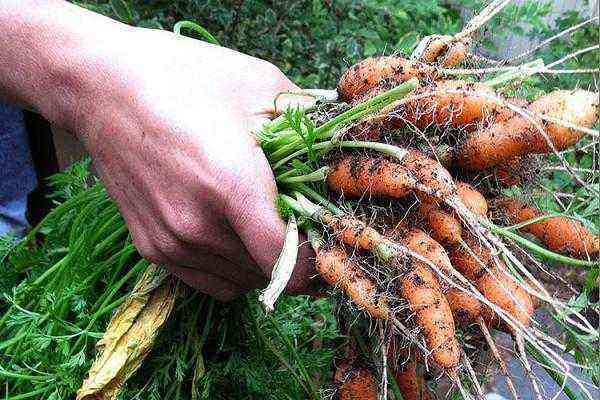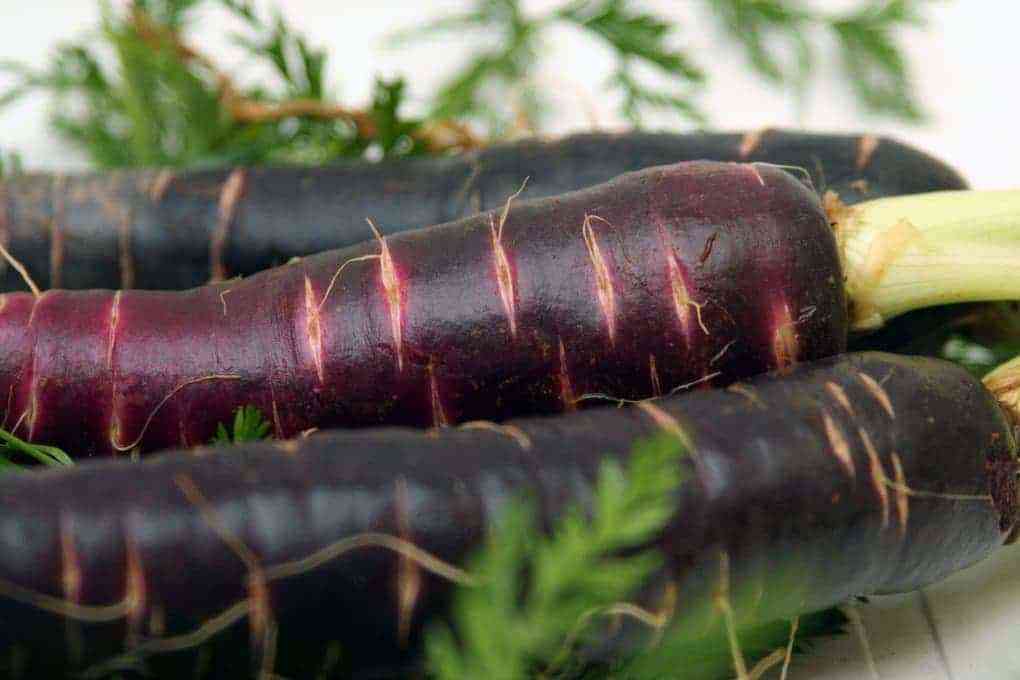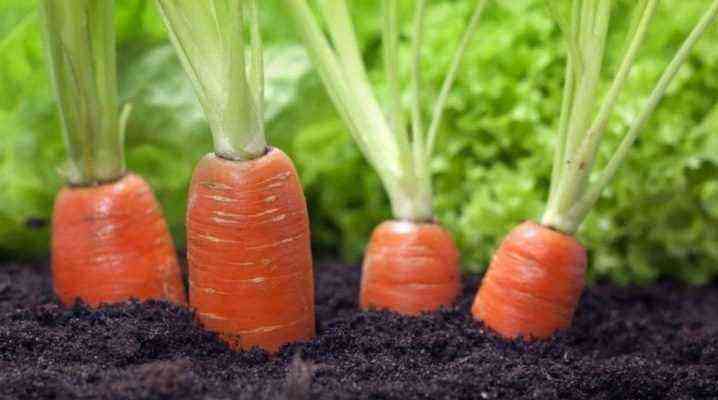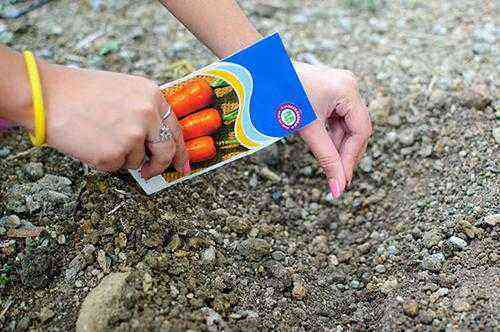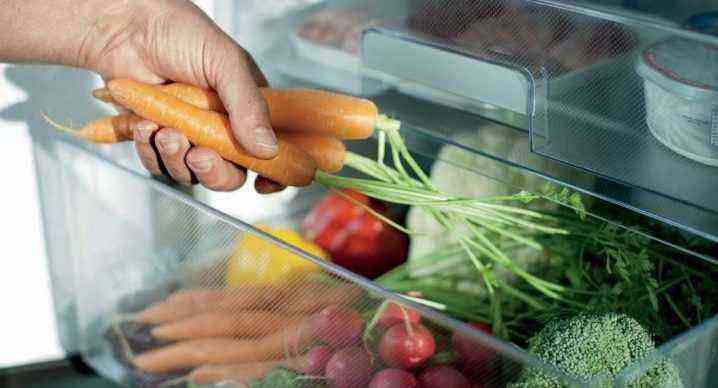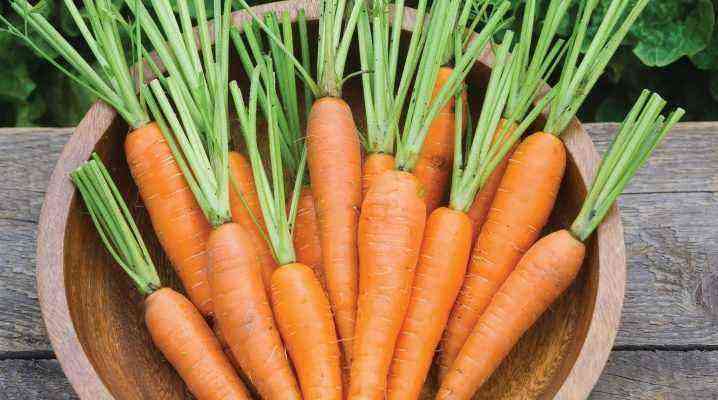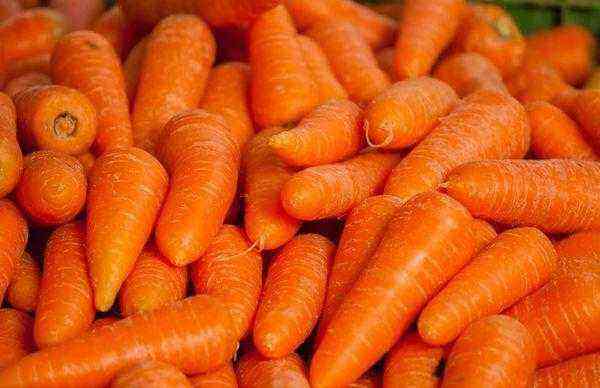
Usually, a summer resident has a considerable number of vegetable crops on the site, and carrots take pride of place among them. The reason for this is the vitamins contained in carrots, and the vegetable itself tastes good if grown properly. But in order to get healthy vegetables and a good harvest, it is very important to know after which you can plant carrots.
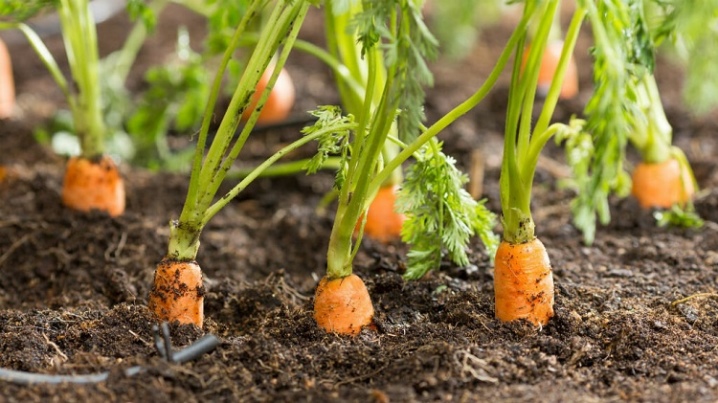
What crops can be sown after?
Compliance with crop rotation is an important condition for the optimal existence of a dacha economy. Of course, the seeds will sprout, and the vegetables will grow in any scenario, but there will be much more problems in this case, you will have to devote a lot of time and effort to planting, and the harvest is unlikely to please much. That is why many summer residents still prefer to take into account the requirements of different cultures and plant them correctly.
With growth and development, carrots take a lot of nutrients from the soil. That is why she needs not only all the necessary fertilizers and proper care, but it is also very important which vegetables grew last season in the area where carrots are planned to be planted. She needs the optimal amount of potassium and phosphorus, taking it from the earth in large quantities. Therefore, it is better to plant carrots in those areas in the garden where there were plants with other needs last season.
Experienced summer residents are among such specimens:
- cabbage;
- potatoes;
- bow;
- tomatoes;
- cucumbers;
- pumpkin;
- zucchini;
- strawberries.
Carrots and nightshades do not have common pests and diseases, and they take different nutrients from the soil. Therefore, after potatoes, tomatoes, peppers, carrots will feel quite comfortable and will certainly please the harvest.
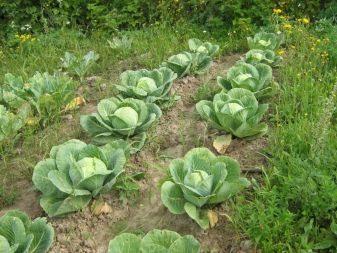
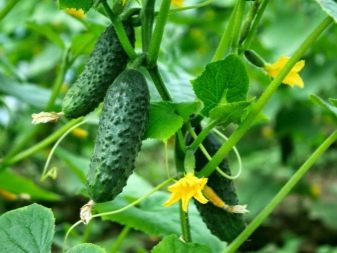
It is clear that every caring summer resident takes full care of all his plantings: waters, fertilizes, weeds, mulches, stepsons, fights pests and diseases. Otherwise, you can simply forget about the harvest. But there are some gardeners who believe that carrots do not need fertilizer if the crop rotation rules are strictly followed. Garlic can be a particularly attractive precursor for an orange vegetable. The convenience is not only that these crops do not have common pests, but garlic also has the ability to disinfect the soil. Therefore, there is a double benefit.
You can safely plant carrots after radishes. Its distinguishing feature is rapid maturation, which allows the culture not to have time to become infected with diseases and overgrown with pests, therefore, the soil after radish remains not depleted and ready for other vegetables. Sweet potatoes and eggplants are also not banned. And next year, carrots may well settle in these beds. Strawberries and wild strawberries are also suitable options to give way to carrots next season. Many summer residents notice that an orange vegetable after berries grows not only large, but also sweet. Pumpkin and zucchini well suited for planting carrots next year. They have shallow roots and do not deplete the soil.
But, of course, no matter what good place is chosen, one should not forget that a good harvest can only be obtained if all the main agrotechnical measures are observed, which include:
- timely watering;
- top dressing;
- weed removal;
- pest control;
- disease prevention.
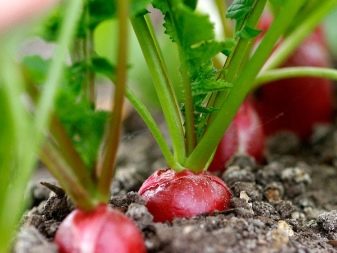

Why can’t you plant?
It is worth considering when planting carrots in open ground in the spring and after which plants it is definitely impossible to grow it in the same place. Parsley is considered one of the most “dangerous” options.. Greens tend to supply the soil with pathogenic bacteria, it is possible that then the root crops will simply deteriorate in this soil. At best, carrots will grow, but will not be distinguished by even fruits and large sizes. If, nevertheless, there are no other options, then the soil should be disinfected by watering it well before planting with a solution of water with potassium permanganate.
Options such as:
- beet;
- dill;
- fennel;
- caraway;
- celery;
- parsnip.
You should not plant carrots on those beds where it grew last year. Only after 5 years can carrots be returned to the same beds, and before that it is desirable to plant crops there with which it is “friendly”.
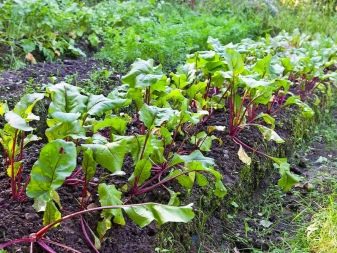
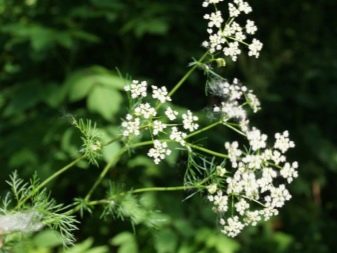
How to reduce harm from unwanted predecessors?
But all these recommendations can not always be observed for the reason that the area on the site is not enough to observe crop rotation. After all, all other vegetables need the same conditions under which it is necessary to change the landing sites. Then you have to come up with other tricks, for example, try to reduce the harm from unwanted predecessors.
Of course, ideally, you can replace the soil by removing the old one and pouring a new one. If it is too expensive or tedious, you need to perform a series of manipulations.
- For example, take “Aktara” or “Decis”, dilute the preparations according to the instructions on the package, and shed the soil well. All this must be done in advance, and not just before landing. Best in early spring, as soon as the snow melts. This time may vary in different regions. If in the south it may be the beginning of March, then in colder regions this time will move closer to mid-April.
- The next step is to add nutrients to the soil. For this, 5 kg of compost per square meter is suitable. The soil needs to be dug up well at the same time. All this is also done in the spring after the disinfection of the soil.
- Before planting vegetables, one to two weeks before, fertilizers should be applied to the soil in the form of superphosphate and potassium sulfate or potassium salt.
The soil needs to be loosened and then watered well. Only after that you can start planting seeds.
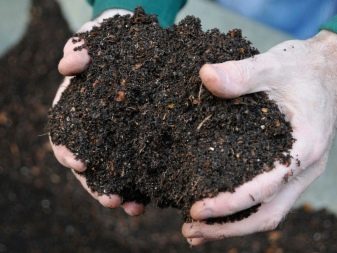

Another popular option is to plant green manure in the fall after harvesting. Suitable rye or mustard, lupins or buckwheat. But these plants must have time to mature, after which they are harvested and dug up along with the soil. Thus, the earth is saturated with useful substances. Therefore, when planting green manure, it is necessary to take into account the climatic conditions of the region.. If, for example, in the south you can plant them at the beginning of autumn, and by the beginning of winter it will already be possible to mow them and dig up the beds, then in the harsh Siberian conditions you need to take care of their planting in the summer to prepare beds for carrots for next year. In the spring, these beds are dug up. In this case, you can not add mineral components, the soil will already be saturated with everything necessary, which will allow carrots to grow and develop successfully.
If, nevertheless, circumstances arose that it was necessary to plant carrots in the same place or after unwanted vegetables, you need to find suitable neighbors for it. This will certainly reduce the harm from previous plants. Eligible neighbors will include those whose care is the same. For example, abundant watering is needed, nitrogen as an initial fertilizer, and then phosphorus and calcium. But the susceptibility to diseases and pests should be different, since both of them quickly spread to neighboring plantings. But if, for example, carrots grow next to cucumbers, and it has immunity to pests that annoy cucumbers, then it will be able to avoid defeat.
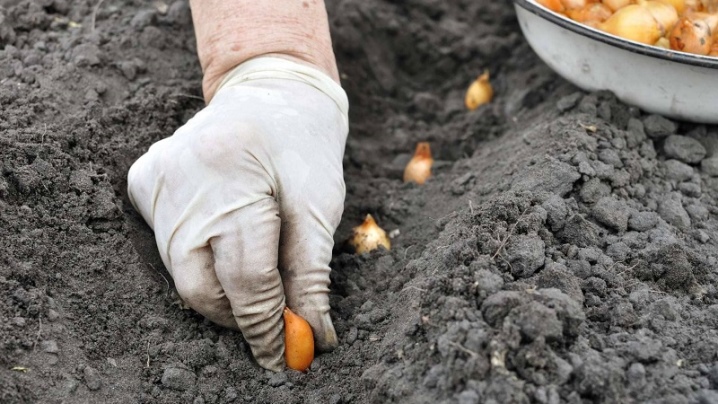
Onions are suitable for the very reason that they protect carrots from pests. It repels carrot flies, root mites, and carrots, in turn, will help get rid of onions from onion flies and moths. Such a mutually beneficial cooperation can save the harvest. Varieties such as leeks, chives will also be good neighbors. It is quite possible to even plant crops not in sections, but directly alternate rows.
beans contributes to the saturation of the soil with nitrogen, loosens the soil due to its root system. And it will be good for carrots. But then you do not need to plant onions and garlic. Lettuce and spinach are also great options. They help retain moisture in the soil, and also ripen quickly, which does not prevent carrots from developing later and getting everything they need from the soil.
And even if carrots are planted in unfavorable soil, in which pests from previous crops may have survived, there is a very good option to neutralize their harmful effects and save carrots from the invasion of parasites. To do this, it is enough to plant the following useful plants near the beds with an orange vegetable, or even alternating rows:
- sage;
- marjoram;
- rosemary;
- marigold;
- calendula.
They will not only scare away pests, thereby protecting vegetables, but also decorate the site.
